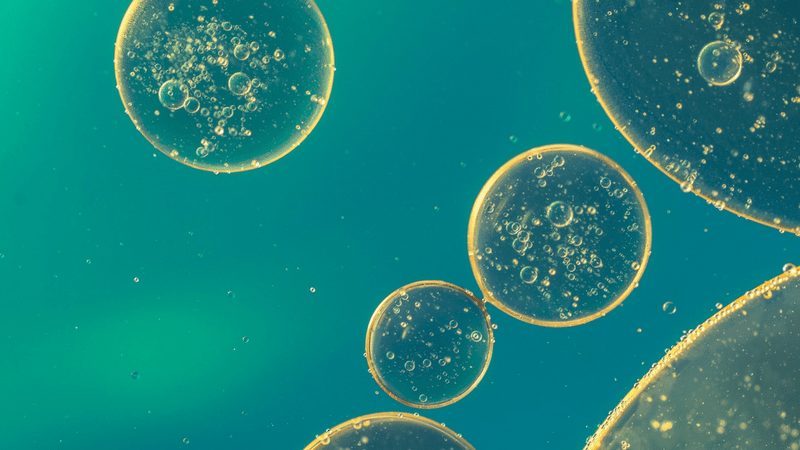The Cytoplasm—Not Just a Colloid Pool but an Organized Highway System
Episode #6 of the course How the cells work by Luis Francisco Cordero
Now that we have explored a couple of intracellular organelles, we should consider the bigger picture. Together, all the organelles that exist outside the nucleus and within the plasma membrane, as well as the colloidal substance they are embedded in, are collectively called “the cytoplasm.” If we exclude the tiny cellular “organs,” we are left with the colloidal substance, which is called the cytosol.
But the cytosol is not just a haphazard collection of water, salts, and electrolytes. Organelles’ collaboration and the general internal organization of the cell could not take place in such highly elaborated way if it were nothing more than a disorganized pool. In fact, there is a complex array of tubular proteins, which play many roles both within the cell and in the process of its interaction with the outside world.
Tubular Proteins?
Each cell contains many different pipe-like protein structures that support it and act as a scaffolding structure both for organelles and for some bubble-like structures that hold different stuff (like food or water) inside them. These structures are called vesicles. We could think of this mesh as the skeleton of the cell, and cellular biologists would agree, since they call it the cytoskeleton.
The net-like formation allows cells to maintain a concrete shape, which might be vital to its function. This structure, in some way, continues itself with the structural elements that exist outside the cells, and different fibers help them work in harmony. We will talk more about cellular collaboration and the advantageous properties of multicellular organisms in Lesson 8.
So, we can grasp the fact that a cellular skeleton could be a valuable asset for the cell. But what makes this pipelike network truly robust is the fact that it can move.
Can Cells Move by Themselves?
Yes. Cells can move, and some of them devote all their energy to this task. Cellular movement means locomotion for a unicellular being, which is useful when looking for resources, fleeing predators, etc.
Alternatively, some portions of the plasma membrane might move around an external particle to engulf it within the cytoplasm, which is exactly what happens when a cell “eats” a particle or even another cell in the process termed phagocytosis.
When we look at cellular movement from a collective perspective, where many cells are tied together, other possibilities arise. For example, many cells diminish their length in one specific axis—this makes muscle contraction possible.
Did You Know?
The same structural elements that constitute the cytoskeleton also allow some specialized cells to have additional abilities. The amoeboid-like movement of the plasma membrane is not the only means of locomotion that the tubular proteins allow for: some cells have tubular prolongations that can act as a whip and cause quick motion when they rhythmically beat. For example, this is the case of sperm cells and some other eukaryotic and bacterial cells. In other cells, these prolongations can also act to thrust nutritious substances toward the cell to engulf them.
Key Takeaways
While it is natural to think that cells are unorganized pools of gel that hold their internal structures, this is far from true. There exists an intricate network of tubular fibers that allows planned motion of the cell’s organelles. This permits the organelles to interact with one another and, in this way, perform highly coordinated and complex tasks.
The cytoskeleton also grants some cells with the capacity to move across their surrounding environment, which is useful when scavenging for food or fleeing adverse conditions.
In tomorrow’s lesson, we’ll learn about odd organelles of the cell: mitochondria and chloroplasts.
Recommended book
Lives of a Cell: Notes of a Biology Watcher by Lewis Thomas
Share with friends

